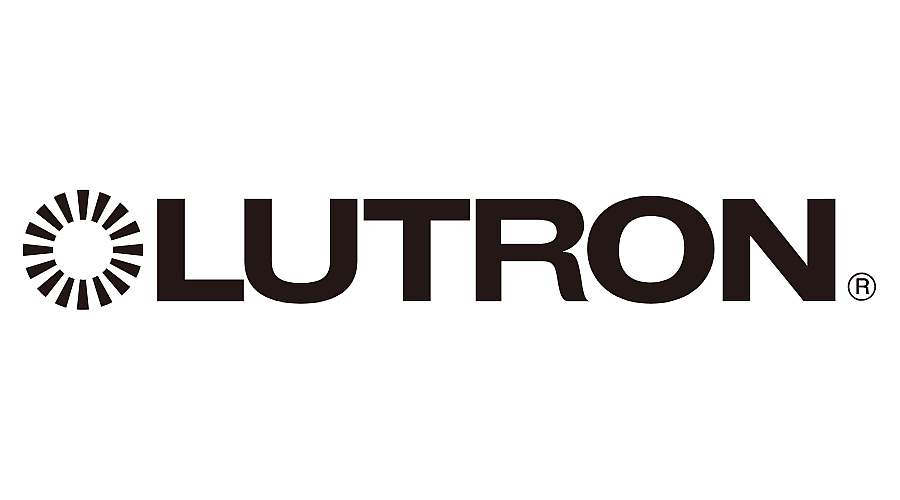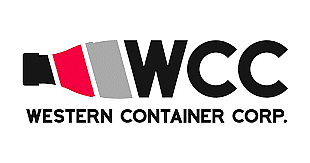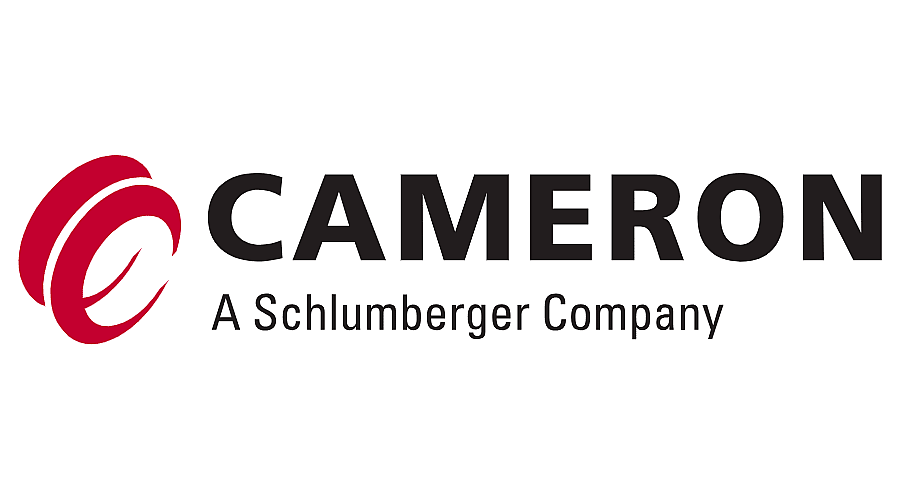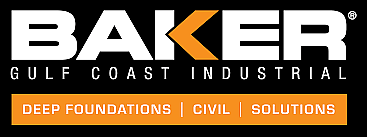Atmospheric Corrosion: What It Is and How To Mitigate It
From the beginning of humankind, humans have fought against Mother Nature’s destructive ways. One of these modern hindrances is oxygen reduction in metal objects, specifically metal buildings, tools, and electrical systems. This problem is more commonly known as corrosion. When untreated, it can threaten a construction project’s structural integrity and the health and safety of other individuals.
We at Dreiym Engineering want to ensure your business has the protection it needs from the impact of oxygen reduction and corrosion. Read on to learn more about atmospheric corrosion, what it is, and how to mitigate it effectively. Additionally, discover the cathodic protection services we provide that further reduce the effects of corrosive reactions.
Basics of Atmospheric Corrosion
Before we dive into mitigating this hazardous issue, it’s important to understand the basics of corrosion. Corrosion affects nearly any substance or material it interacts with. The most recognizable form of reduction (metal oxidation) occurs when metal resources are exposed to oxygen, creating metal oxide (rust) development on the surface. In essence, nothing is safe from the chemical reactions caused by Mother Nature, making structural corrosion all too common for many businesses.
There are many forms of corrosion that impact different materials and equipment. Trapped moisture between electrical contacts causes electrolytic corrosion and affects electrical equipment, while galvanic corrosion refers to reduction and oxidation between different kinds of contacting metals. However, we’re here to focus on atmospheric corrosion, which is perhaps the most problematic for business. Atmospheric corrosion is an electrochemical process dependent on electrolytes found in moisture, specifically in humid climates. When the atmospheric relative humidity exceeds the relative humidity over the surface of metals, atmospheric corrosion occurs.
But that definition sounds similar to other forms of corrosion, albeit more technical—so, what makes this issue so prominent, dangerous, and expensive? Since the air causes atmospheric degradation, pollutants within the atmosphere also damage metal structures. This damage makes atmospheric corrosion quite progressive, effective, and present in wet, damp, and dry corrosion.
History and Background
Unfortunately, society has battled the scourge of corrosion from our very first construction projects involving iron. Before using iron, most metal resources were native or in elementary states, reducing the natural corrosion process. Since iron is a combined state, it is more corrosive by nature. As such, many early iron structures and items wore down due to weather exposure. Even still, atmospheric corrosion was significantly less severe before the invention of coal fuel and the introduction of widespread global pollution. Carbon emissions were a huge catalyst for increased atmospheric corrosion, but we didn’t know that at the time.
Humans didn’t recognize that this process was the result of microscopic, electrochemical reactions until 1819. The theory was anonymously published in a French paper and later supported in 1830 by Swiss physicist Auguste de la Rive. This discovery is vital as it highlighted the reactions between acids and metals. In a post-coal world, atmospheric corrosion is more dangerous, thanks to higher atmospheric acidity, especially in humid environments. Luckily, society has many preventative methods for structural degradation, such as atmospheric corrosion.
Early civilizations from 412B.C. used antifouling paints and coatings to preserve papyrus scrolls and documents. Antifouling paints, which often consisted of chain oil, arsenic, and sulfur, were used for widespread applications throughout human history—early battleships reinforced their wooden hulls with the mixture to slow organism growth and prevent salt damage. We still use antifouling paints today to protect commercial and recreational boats. Other anti-corrosion inventions include powder coatings, which were invented in 1945 by an American named Daniel Gustin. These special paints were environmentally friendly, easy to apply, and extremely anti-corrosive. Like antifouling paints, we commonly use powder coatings for various applications in today’s society. However, when it comes to preventing atmospheric corrosion in structures and electrical equipment, cathodic and anodic protection is superior.
Mitigating Atmospheric Corrosion: Cathodic & Anodic Protection
A tried and true method, cathodic and anodic protection effectively preserves metal objects from the impact of atmospheric corrosion. Cathodic protection takes advantage of natural oxidation and reduction areas found across a surface when interacting with moisture or water (electrolytes) by creating a protective, less-noble layer of metal. This metal coating, often zinc, becomes an anode when it comes into contact with electrolytes. The metal object beneath the coating receives better protection from this cathodic reaction, resulting in a more durable product.
Submerged metal structures implement external sources of electrons, such as impressed currents, to successfully achieve proper cathodic protection. Anodic protection is a less common form of corrosion prevention that’s ideal for structures exposed to high amounts of phosphoric acid. An anodic current biases metal into a passive region, creating a passivating layer of film that eliminates anodic reactions. However, only the most corrosive environments require these layers of film.
Ensuring Proper Cathodic Protection
Chances are your metal structures, and electrical equipment utilize cathodic protection. While effective, this corrosion prevention method isn’t guaranteed. In fact, many businesses require regular cathodic protection testing services to ensure their structures are safe from oxidation and reduction.
Most states require tri-annual cathodic protection inspections conducted by certified third-party investigators. Specifically, these individuals ensure your UST system has proper safeguards in place to prevent corrosion and other atmospheric-related problems. You can make adjustments and corrections to your cathodic protection by working with these professionals, effectively benefiting the well-being of others and the success of your business.
However, you may require services more frequently when signs of reduction arise. For instance, it’s crucial that you pursue assistance if you notice oxidation and degradation across your metal structures. These issues are often easy to spot as corrosion presents as recognizable rust patches and surface discoloration. Furthermore, consider consulting with a third party for better protection techniques for your structures if cathodic reactions continue. You may need anodic protection and other measures, such as powder coatings and more.
Understanding atmospheric corrosion, what it is, and how to mitigate it is essential when managing a building and protecting the people and businesses within. We at Dreiym Engineering proudly provide cathodic protection testing services to ensure your structures and equipment are safe and functioning. Contact our friendly team today for additional information on the various services we provide or if you have any anti-corrosion concerns.













































